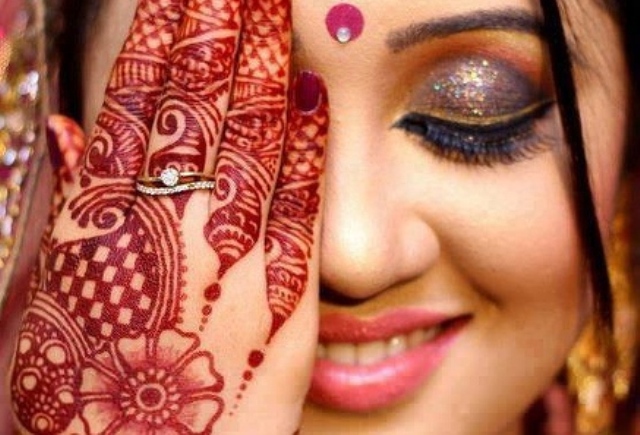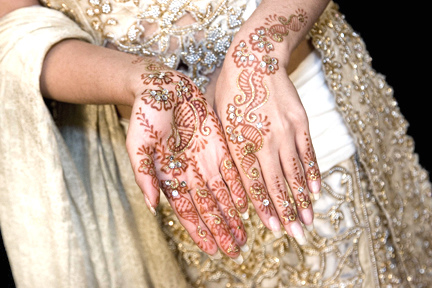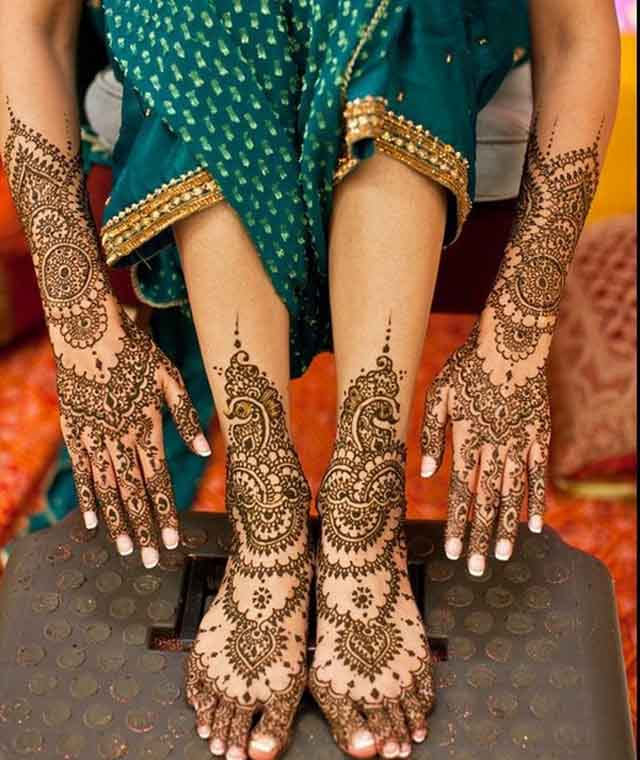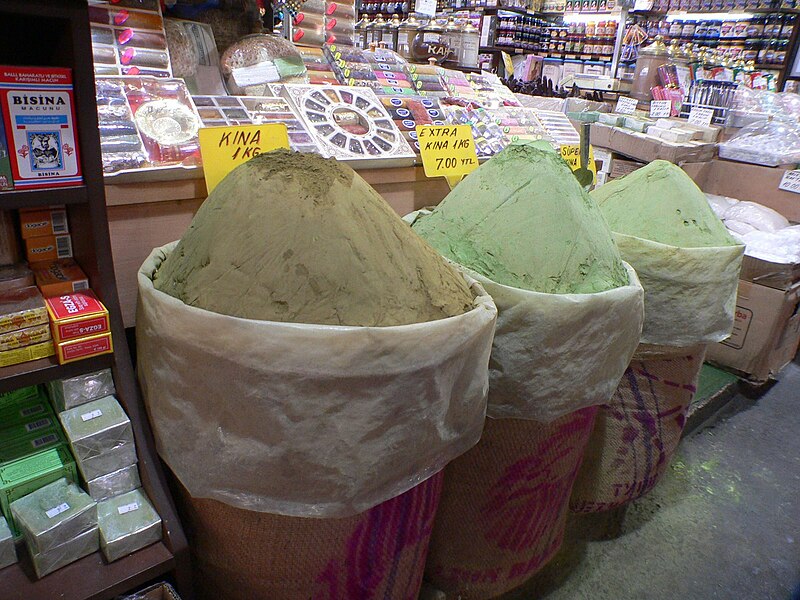Body Art: Henna
Mehndi is the name used for the body art known as Henna. This beautiful design is used to adorn the hands and bodies of both men and women for traditional, social and holiday celebrations.

Similarly to a tattoo, the dye is applied to the skin in intricate, interesting and meaningful patterns and designs. However, unlike the tattoo, henna is more temporary and will eventually disappear overtime as the cycle of the shedding of your skin.

Henna is a special dye that has been used for thousands of years for body modification such as changing the color of skin, hair and fingernails as well as for the dyeing of fabrics such as silk, leather and wool. Henna is prepared from a plant called Lawsonia inermis or the Hina Tree.

It’s exact origins are unclear but it is believed to have its roots in places such as the Arabian Peninsula, India Carthage and Africa. However, today the actual body art and traditions that go along with it are done all around the world.

The most well known tradition is applying henna to the bride (sometimes the groom) just before the wedding day. Some places due this in a ceremonial fashion, where the mother will present jewelry to her daughter and paint the henna on her hands on the wedding day while other places will have gatherings where a group of close friends and family members will come together and paint henna on each others hands and feet.

There are many different colors of henna but the most common color used especially among westerners is the reddish brown color.

Henna is a natural dye that comes with a rich history and adds a beautiful touch whether it’s for your wedding day, holiday party, next performance or anytime you want to feel extra lovely.